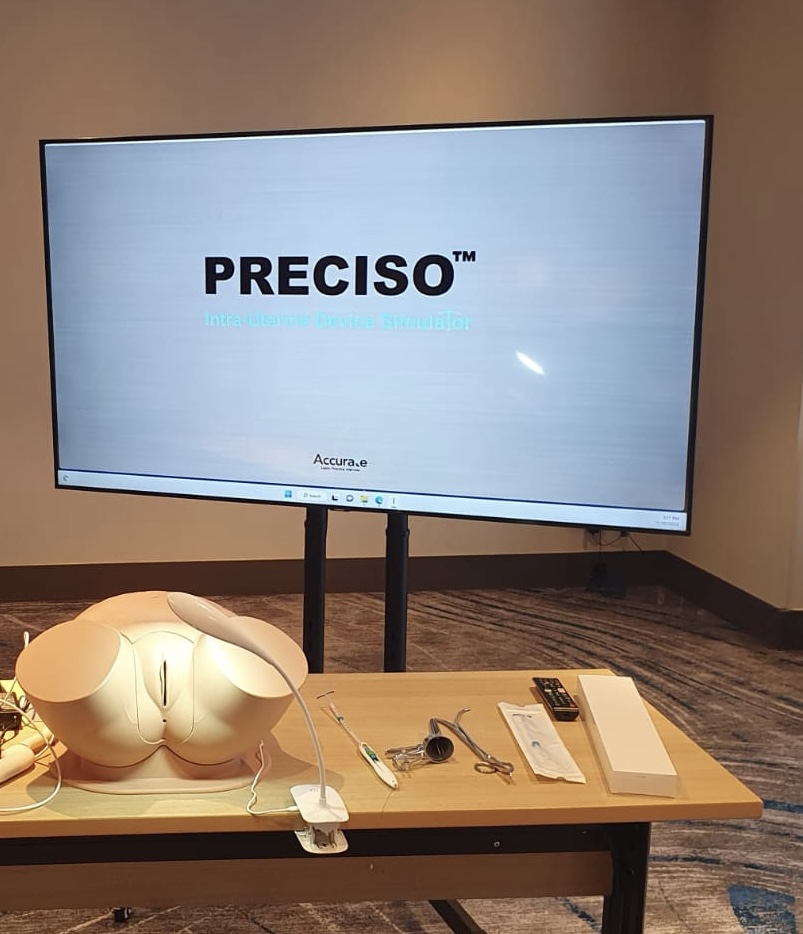Training in reproductive medicine and the new line created by Accurate for the correct insertion of intrauterine devices
The World Health Organization estimates that there are around 48.5 million couples with infertility problems worldwide. Reproductive Medicine treatments require the use of a series of diagnostic and surgical procedures to achieve pregnancy, ranging from transvaginal ultrasound to ultrasound-guided Ovum Pick-Up (OPU), a minimally invasive surgical technique, to embryo transfer. For this reason, the experience of the operator is essential for the success of an assisted reproduction treatment and for the safety of the woman.
All procedures must be performed safely by gynecologists trained in reproductive medicine. For this reason, simulation in reproductive medicine is essential and appears as the initial structural part of specific training. Proper training for OPU and embryo transfer includes basic transvaginal ultrasound training and at least 30/50 ultrasound-guided egg retrieval procedures. To date, simulation systems are available that encompass ultrasound diagnosis of the infertile patient (sonohysterography), simulation for oocyte retrieval and simulation for embryo transfer.
Accurate, an Italian research and development company in the field of medical simulation, has created a complete line of advanced simulators in this area:
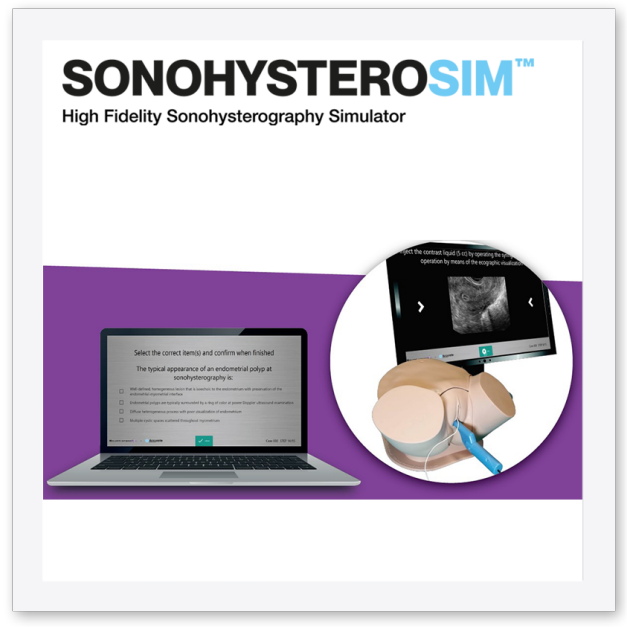
SONOHYSTEROSIMTM – Advanced sonohysterography simulator, which allows the learner to perform step by step all the steps of the procedure in different physiological and pathological patients.
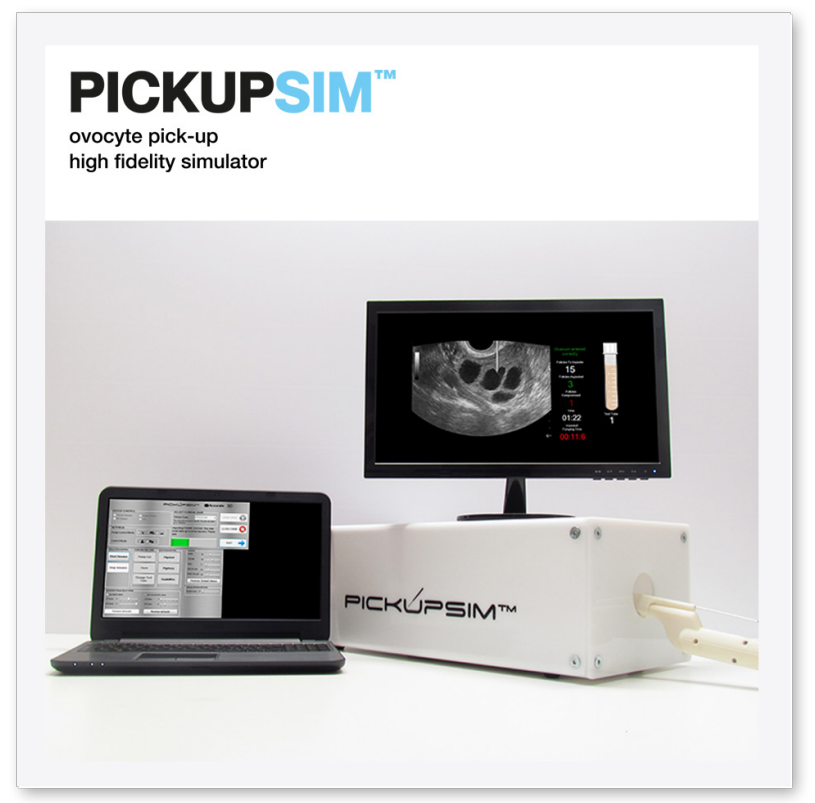
PICKUPSIMTM – Advanced Simulator for the Ovum Pick-Up Procedure (OPU), which allows ultrasound-guided procedures to be performed using real needles and is capable of transmitting precise haptic feedback to the student during the passage of the needle through the uterine wall and follicular wall.
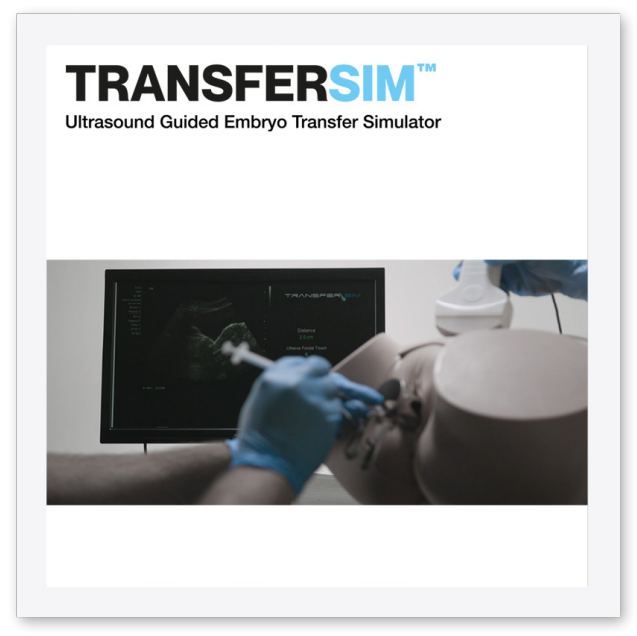
TRANSFERSIMTM – Advanced embryo transfer simulator equipped with an augmented reality module that allows the trainee to see the patient’s uterus in the form of a hologram and the live movement of the catheter inside it with relative release of the embryo.
Also in the field of gynecology and obstetrics, last November in Barcelona (Spain) it was launched the advanced simulator for the insertion of intrauterine devices (IUD): PRECISOTM. The correct positioning of the device is, in fact, essential for safe contraception and the safety of the woman. Although not being a difficult procedure, it is considered a “blind” procedure by many physicians and often we are faced with misplaced IUDs with discomfort for the woman, risk in some cases of uterine perforation and/or bleeding, and high costs associated with the wrong procedure. Therefore, the need to create a simulator for the safe positioning of the IUD has become essential. In fact, more and more doctors in training were asking for a specific simulator to acquire the necessary skills.
Hence the creation of PRECISOTM, the only simulator in the world that enables the acquisition of the necessary skills for the correct insertion of intrauterine devices normally used in clinical practice but with total safety and using ultrasound images of real patients.
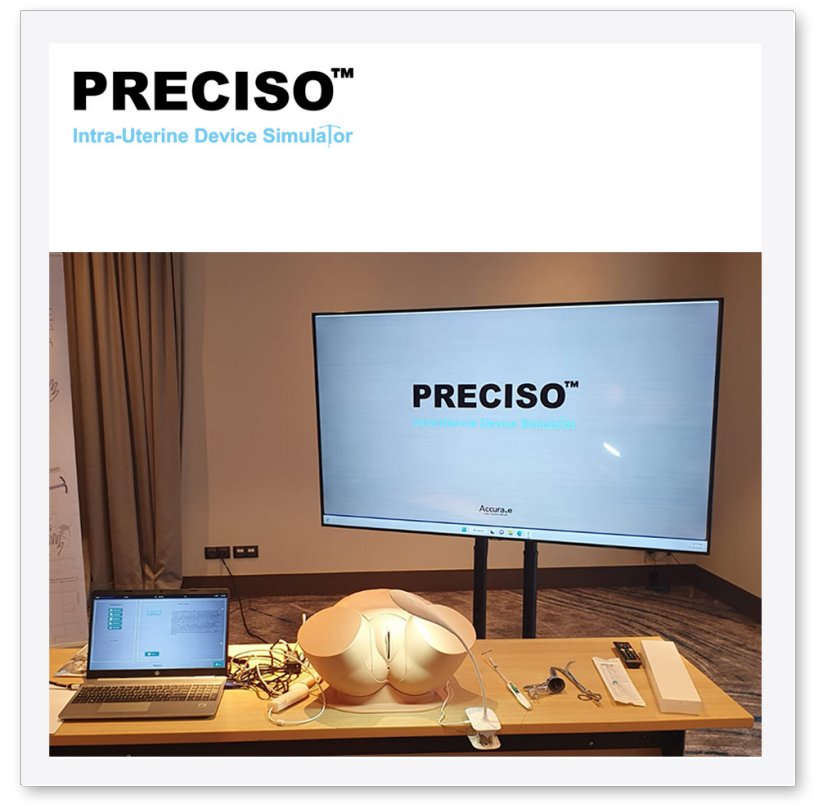
Hence the creation of PRECISOTM, the only simulator in the world that enables the acquisition of the necessary skills for the correct insertion of intrauterine devices normally used in clinical practice but with total safety and using ultrasound images of real patients.
READ ALSO



